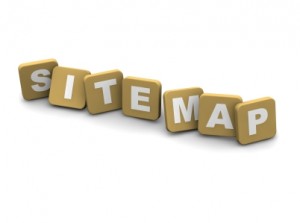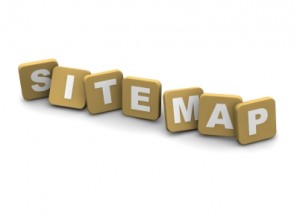
I've recently heard from quite a few 3dcart merchants wanting to know more about the mysterious "sitemaps", and how they apply to SEO and their 3dcart eCommerce store. I'm going to give an explanation of the best way to use sitemaps to get the most SEO benefit for our 3dcart merchants.
As you read this, keep in mind that we have ecommerce merchants of all sizes using our eCommerce platform. I often have a hard time educating our merchants in a way that works for all merchants - that is because normally with every facet of eCommerce, there are multiple ways to do things, and multiple ways to often achieve success. I'm writing this article so that it will apply to almost every 3dcart merchant.
Let's first start with defining sitemaps as they apply to 3dcart Stores, and SEO.
Back in 2005, Google launched what was called the "Sitemap 0.84 Protocol". This was a format created by Google which was initially created for webmasters to submit an XML file to Google, to assist Google in finding pages which the spiders were having a hard time finding via their normal website crawls. The XML Sitemap became so popular that Google published the XML protocol under "Creative Commons", which basically means, they gave all companies "free access and rights" to build technology around their invention.
By default, your 3dcart Store generates a real-time XML sitemap. If you sign up for Google Webmaster Tools, or Bing Webmaster Tools, you should enter your XML sitemap into the Sitemap area within the webmaster tools control panel. Both Google and Bing are looking for your XML sitemap. With a 3dcart Store, it is always https://www.yourstoreurl.com/sitemap.asp (it will also work as sitemap.xml).
The major search engines also recommend that you still link to a traditional visual sitemap (text or html) from your actual website. The search engines believe that it is a best practice to also provide a "visual" sitemap for your customers, in the event a user cannot find a page they are looking for in your store. By default, 3dcart also generates these sitemaps, but we didn't link them automatically to your physical website until just a few versions ago; so depending on how long you've been a 3dcart merchant, your site may or may not be linking to these automatically.
The search engines generally look for these "visual sitemap links" in the footer of your website, or in the area where you normally put the "about us" page. When linking to these pages, you should simply call them exactly what they are "Sitemaps" or "Indexes". Don't link to catch phrases with the hopes of spoofing the search engines, Google and Bing are too smart, (i.e., if you sell widgets, don't put a hyperlink to something like "All the Best Widgets" - simply link to "Product Index" or "Category Index".
We've have a page that explains the specifics on how to configure your sitemaps in our knowledgebase at https://support.3dcart.com/Knowledgebase/Article/View/57 or you can also get assistance from our SEO Team. 3dcart is one of the few shopping carts that has a real time, non-outsourced SEO team on staff which can be directly accessed by customers. You can always learn more about our Search Marketing Services at https://sem.3dcart.com.





Leave a reply or comment below